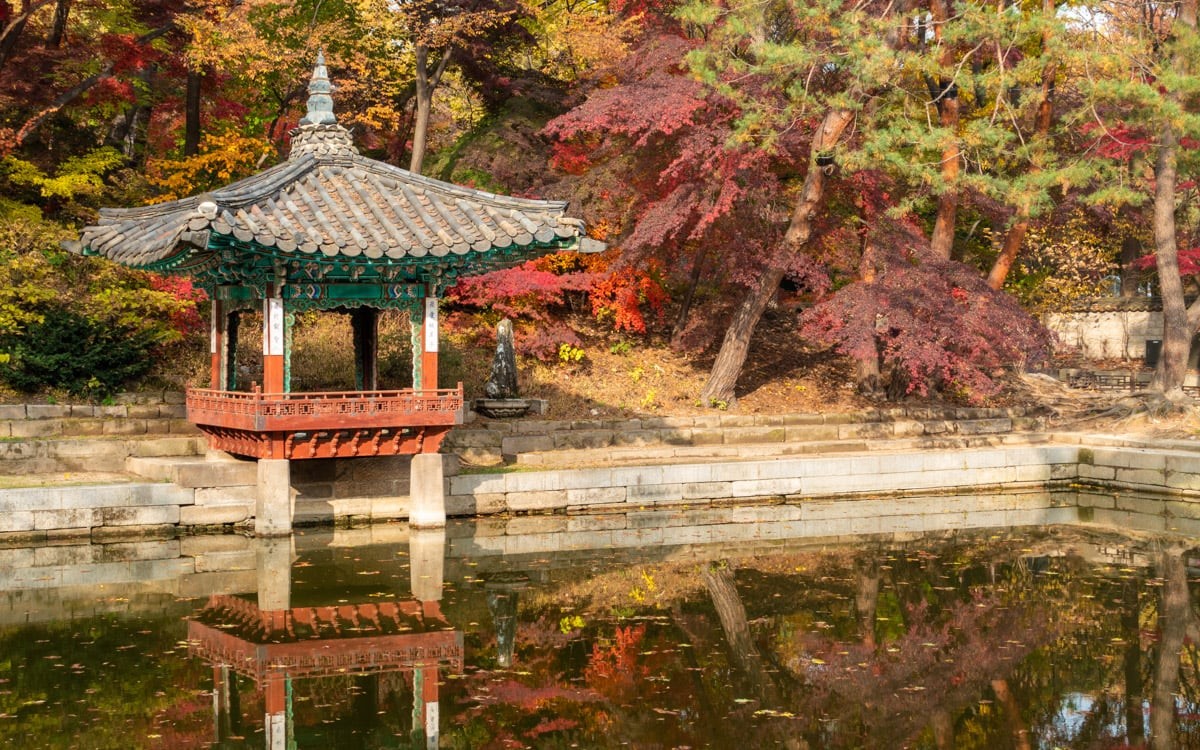
The Venetian Walls of Nicosia: A Testament to Cyprus's Rich History and Architectural Splendor
Standing proudly around the old city of Nicosia, the Venetian Walls are an iconic symbol of Cyprus’s vibrant past and a stunning example of Renaissance-era fortifications. Constructed in the mid-16th century by the Venetians, these walls were built to defend the city from Ottoman invasion and today serve as a powerful reminder of Nicosia’s strategic importance in the Mediterranean. With their impressive size, fascinating history, and unique architectural beauty, the Venetian Walls remain one of the most captivating sights in the capital of Cyprus.
A Historical Overview
In 1567, as the Ottoman Empire expanded and posed a growing threat to the Mediterranean, the Venetians, who then ruled Cyprus, undertook the monumental task of fortifying Nicosia. They demolished the old medieval walls and replaced them with a much more elaborate and modern design, using the most advanced military architecture of the time. The Venetian Walls, stretching nearly 5 kilometers in circumference, were designed with 11 bastions—each named after prominent Venetian families—and three main gates: Paphos Gate, Kyrenia Gate, and Famagusta Gate.
These fortifications were state-of-the-art for their time. Their unique star-shaped design allowed for better defense, with bastions providing strategic vantage points to repel invaders. Although the walls ultimately couldn’t prevent the Ottomans from capturing the city in 1570, they remain an extraordinary testament to the ingenuity of Venetian military engineers.
Architectural Beauty
The Venetian Walls of Nicosia are remarkable not only for their historical significance but also for their architectural splendor. Their design combines the aesthetic elegance of Renaissance architecture with the functional strength of military fortifications.
Each bastion stands out with its massive, sloping stone walls, which were designed to deflect cannon fire. The impressive scale of the walls is awe-inspiring, as they rise dramatically from the ground, their imposing size reflecting the seriousness of the threat the Venetians sought to defend against. The walls are surrounded by a dry moat, which adds another layer of visual grandeur to the fortifications and showcases the intricate design elements of Renaissance military architecture.
The three gates of the walls are architectural masterpieces in their own right. The most famous is the Famagusta Gate, which has been beautifully preserved and restored over the years. Its grand archway and intricate stone carvings reveal the artistic care that went into the construction of these fortifications, with the gate now serving as a cultural center, hosting various exhibitions and events. Walking through these gates, visitors can imagine the strategic importance they once held as entry points into the walled city.
The Walls Today: A Cultural and Historical Landmark
Though originally built as defensive structures, the Venetian Walls have taken on new life in modern Nicosia, serving as a cultural landmark that connects the city to its past. The area inside the walls, known as Nicosia's Old Town, is home to narrow, winding streets, historic buildings, and charming squares, making it a favorite destination for both locals and tourists.
Today, the Venetian Walls offer visitors a unique opportunity to explore the history of Nicosia up close. Walking along the walls, you can enjoy panoramic views of both the old and new parts of the city. The combination of historic architecture and the vibrant, bustling life of modern Nicosia creates a fascinating contrast, allowing visitors to reflect on how the city has evolved over the centuries.
The green spaces around the Venetian Walls are also a beautiful attraction. The former moat has been transformed into lush gardens and recreational areas, offering peaceful spots to relax while taking in the view of the majestic fortifications. These green areas are popular with locals and visitors alike, providing a tranquil escape from the city's busy streets.
A Symbol of Nicosia's Resilience
The Venetian Walls are more than just an architectural marvel; they represent the resilience of Nicosia and its people. Despite being breached by the Ottomans in 1570, the walls remain a proud symbol of the city’s determination to protect itself and its inhabitants. Over the centuries, the walls have stood strong through various periods of conflict and change, evolving alongside the city they were built to defend.
Today, they serve as a powerful reminder of Nicosia’s unique position at the crossroads of Europe, Asia, and Africa, a place where different cultures and civilizations have met, clashed, and ultimately blended. The Venetian Walls, with their rich history and undeniable beauty, encapsulate the spirit of Nicosia, a city that has withstood the test of time and continues to thrive as a cultural and historical center.
The Venetian Walls of Nicosia are a stunning testament to the city’s rich history, blending the artistry of Renaissance architecture with the practicality of military design. Whether you are a history enthusiast, an architecture lover, or simply a traveler seeking to explore the wonders of Cyprus, a visit to these magnificent walls is a journey back in time.
The beauty of the Venetian Walls lies not only in their grand design and impressive scale but also in their role as a symbol of Nicosia’s enduring legacy. Walking along these ancient fortifications, visitors are invited to reflect on the city’s past, admire its present, and contemplate the layers of history that have shaped this remarkable capital. The Venetian Walls continue to stand tall, a timeless guardian of Nicosia’s vibrant heritage.




